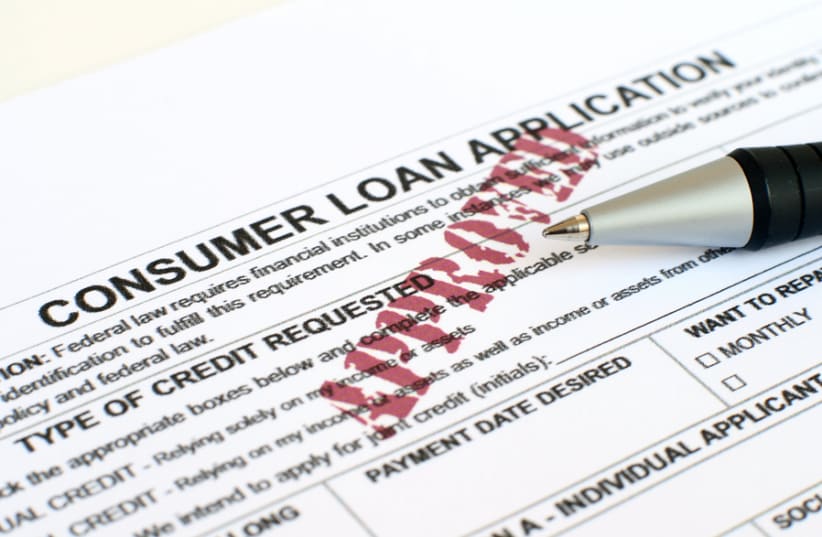Money does not come for free. You would be paying monthly interest on your loan. Therefore, have a well-computed number that you want to borrow and avoid taking loans beyond that amount. Besides this, evaluate if any of your own clients are delinquent on their payment obligations to you. Address that first. Small businesses generally do not charge a penalty or interest on late payments from their customers. If your company has overdue accounts-receivable from a customer, you have indirectly given them an interest-free loan. Some of your clients may even default on their loans. Therefore it is advisable to engage a commercial collection agency once your accounts are 90 days past due. Overlooking your past-due accounts can be a costly mistake.
Below you’ll find a number of different financing options. No matter your needs, one of these is certain to be a good fit.
Term Loans
When you look to borrow from a bank or other traditional lender, a term loan is generally what you’ll find. These are simple loans that can be used for any business purpose. You borrow a set amount, which is paid back over a predetermined period, at a set interest rate.
You can find long-term loans that stretch payments out over ten to 20 years or more. Medium-term loans are available through less traditional, online lenders, and features terms between two and five years.
Short-term loans with lending periods 18 months and shorter are easier to qualify for but generally charge higher interest rates. In an emergency, a short term loan can be a good option.
For most term loans you’ll need good credit and established business history, but if you can qualify, you’ll enjoy a competitive interest rate.
Equipment Financing
Equipment loans are an excellent choice if you’re looking to purchase real assets. They have the benefit of built-in collateral, which reduces the lender’s risk. If you default on your loan, the bank simply sells your equipment to recoup a portion of the debt. This makes equipment loans easier to qualify for and they generally enjoy lower interest rates.
However, they can only be used to secure new equipment, so they aren’t an option for businesses in need of financing for other purposes.
Commercial Real Estate Loans
These are similar to equipment loans, but instead of using equipment as collateral, they use real estate. Commercial real estate loans are available in the millions of dollars because real estate is very expensive.
You can use real estate loans to purchase a new property or remodel existing property. Because the loans are generally high dollar, they feature longer payback terms.
SBA Loans
SBA loans are term loans guaranteed in part by the Small Business Administration. They’re offered by traditional lenders and are intended to give smaller businesses access to the capital they might not otherwise qualify for.
This is because if the business defaults, the SBA will cover some of the lender’s losses. This reduces their exposure and offers them an incentive to make what would otherwise be riskier loans. There are three different SBA loan programs, with differing capital levels, loan terms, and use requirements.
Invoice Factoring
This is the most obscure loan type on this list, and many businesses have likely never heard of it. If you’re a business that builds up a backlog of unpaid invoices, invoice factoring can quickly convert your receivables into cash.
Offered by private lenders, invoice loans will give you 85 to 90% of the value of your outstanding invoices, with the lender holding onto the rest. When your customers pay, their payments go to the factoring company instead of you. You’re charged a set fee every week until the last invoice is paid, at which point the lender returns the remaining 10 to 15% of your receivables amount.
The cost of the loan is generally competitive, but also dependent on the speed with which your customers satisfy their invoices.
Commercial Credit Lines
Lines of credit are unique in that you’ll qualify for a set amount, but you only pay interest on the amount you use. In many ways, they operate like a credit card.
Commercial credit lines are a great choice for businesses that need financing help from time to time and can repay the loan relatively quickly. When you need cash, you can pull it from your credit line. If you need more, you can pull more, up to your limit. Once you pay it back, the line sits ready until you need it again.
Many businesses will often open a credit line in addition to more traditional lending relationships. The interest rates are competitive and the loan term is flexible.
United States government had provided loans worth billions of dollars to small businesses struggling during the Covid-19 crisis. These loans provided a major boost to small businesses. Look out for such government back schemes.
When choosing a business loan, try and get the lower APR you can qualify for. The higher the interest rate the more you’ll pay for the privilege of using someone else’s money.
Loans are a nice way to improve your cash flow, but there are other proven things that will improve your finances and improve liquidity. Have a defined Credit Collection policy, Invoice promptly and send statements regularly, Contact overdue accounts receivable more frequently, Diligently use your aging summary report and have bank reference or trade check done on your large clients and charge a late fees.
